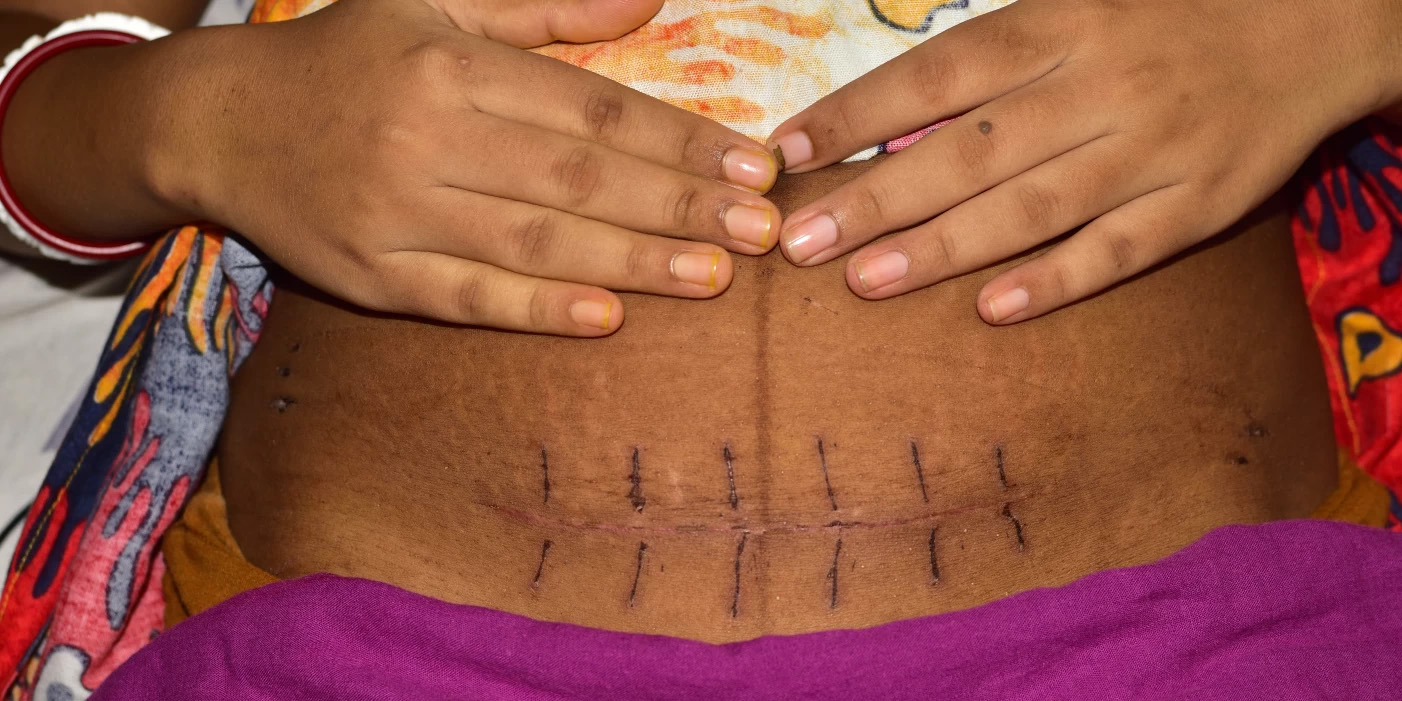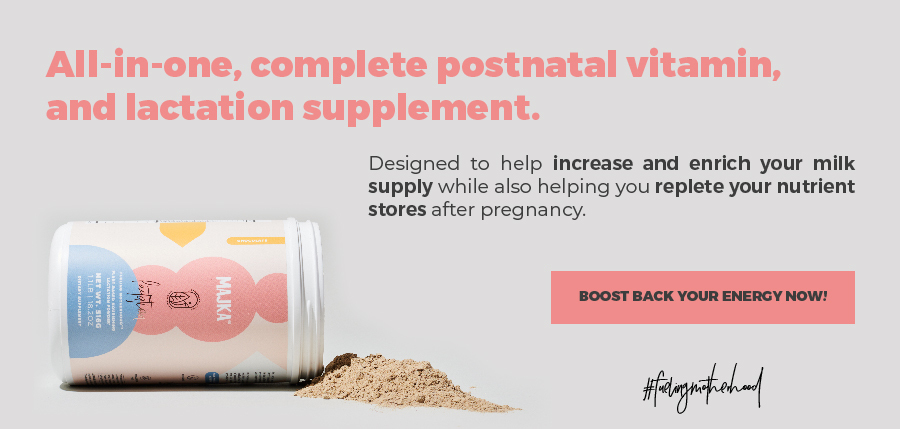
Hearing about cesarean from different sources can be confusing and overwhelming, in the following we want to sum up the information that may help you get a clear idea of what a C-Section means and involves so you can feel more comfortable on knowing what to expect if this is your case.
Keep in mind that any type of delivery that your doctor recommends for you will be the best regarding your specific case and that the main goal is to always care for your health as well as for your baby´s.
Even with childbirth, if parents are unsure about their doctor’s recommendation, it is always ok to seek a second opinion.
What is C-section?
A cesarean section, commonly referred to as a C-section, is a surgical procedure in which your baby is delivered through an incision made in your abdomen and uterus.
The procedure
During a C-section you will get regional anesthesia to numb the lower part of your body: while so you will remain awake and alert.
Then an incision will be made horizontally across your lower abdomen (typically near your bikini line) in which your abdominal muscles will be separated, and then a second incision will be made in your uterus.
Now, your baby will be gently guided out through these incisions. Your umbilical cord will then be clamped and cut out and the placenta will be delivered; then your doctor will close up the uterus and abdominal incision with stitches or staples.
In which cases is C-section done?
If your doctor determines that having a vaginal delivery doesn’t seem safe for your or for your baby due to medical reasons or complications such as:
- Abnormal position: if your baby is presenting an abnormal position such as breech presentation, in which his/her buttocks or feet are downward instead of the head-first position.
- Fetal distress: if your baby is showing signs of distress during labor such as abnormal heart rate patterns.
- Prolonged labor: if labor isn’t progressing as expected and your cervix isn’t dilating or your baby isn’t descending through your birth canal, a cesarean could prevent a prolonged labor, infection or distress for your baby.
- Umbilical cord issues: If the umbilical cord slips through the cervix ahead of your baby (prolapsed cord), it can become compressed during vaginal birth, cutting off your baby’s oxygen supply.
- Placenta previa: if the placenta covers part or all of your cervix, blocking your baby’s exit through your birth canal, a vaginal birth could result in severe bleeding.
- Medical conditions: certain medical conditions, such as active genital herpes, severe preeclampsia, or heart conditions, might make vaginal delivery risky.
- Large baby (Macrosomia): if your baby is significantly larger than average (macrosomic), vaginal delivery might be challenging and increase the risk of injury to both you and your baby.
- Multiple pregnancies: In the case of twins, triplets, or more, there might be complications during labor as well.
- Previous C-Section: moms that already had a C-section might choose to have another one in subsequent pregnancies due to concerns about uterine rupture during a vaginal birth.
Keep in mind that the complications that we presented don’t mean that a C-Section is mandatory; as your doctor will made the decision based on a careful assessment of your individual medical history, current health status, and on your best interests with the goal of ensuring a safe and healthy delivery for you and for your baby.
How long does the procedure take?
A C-Section usually takes about 45 minutes from start to finish. But it’s important to note that each person and procedure is different and that in some cases the cesarean can take as little as 15 minutes or in some other complications may arise making the procedure longer than usual.
Does it hurt?
Since you will be given anesthesia to numb the lower part of your body, the procedure itself is typically not painful. Although, receiving the anesthesia itself could be painful since you will be getting an injection; you could get an epidural (injection anesthesia into the epidural space in your spine to numb the nerves in your lower abdomen and pelvic region) or an spinal block (a single injection of anesthesia directly into the fluid around your spinal cord).
It’s common to experience some discomfort such as soreness around the incision as you recover from the surgery. Your healthcare provider will provide pain management strategies, which can include oral pain medications or intravenous pain relief methods.
What is the recovery of C-section like?
The recovery process after a C-section is different for each mom, but it does involve a period of healing and adjustment in which you most likely stay in the hospital for about 2 to 4 days after the procedure (depending on your and your baby’s health status).
At the beginning of your recovery, getting up and moving around might be challenging, this it’s normal since you may experience some pain and discomfort around the incision site which you will need to keep it clean and dry to prevent any infection. Your healthcare provider will give you instructions on how to care for the incision and when to remove the stitches or staples.
After your cesarean you will need to avoid some activities for several weeks such as lifting heavy objects or engaging in strenuous activities to prevent strain on your incision and allow your body to heal properly.
You’ll likely be prescribed pain medications to manage discomfort during the initial days of recovery. Over time, you might transition to milder pain relievers.
Staying hydrated and maintaining a balanced diet can aid in your healing process. If you’re breastfeeding, it’s important to consume enough nutrients to support your own health and milk production.
A C-section recovery can impact your ability to lift and care for your baby comfortably. You might need help with diaper changes, feeding, and holding the baby during the initial days of recovery; the recovery process of a cesarean can be physically demanding and emotionally challenging, being accompanied with mood swings, anxiety, and feelings of fatigue. Be kind to yourself and remember that it’s ok to ask for all the help that you need from your partner and the people around you.
Your healthcare provider will schedule follow-up appointments to monitor your recovery and check on the healing of the incision; the incision scar will gradually heal over time; it might start as a raised, reddish scar but will likely fade and flatten over several months.
The timeline for returning to normal activities, including work and exercise, varies depending on how well you’re healing.
Remember that each recovery experience is unique. It’s important to follow your doctor’s instructions and recommendations to ensure healthy recovery. If you experience any unusual symptoms or complications, such as signs of infection or excessive pain, be sure to contact your healthcare provider promptly.
In Breastfeeding 101 we hope this article has helped you to understand more of what a C-Section means and involves. We love to have you here and invite you to follow all of our content.
If you want to know more about C-Section, here are some of the sources that made this article possible:
- Cesarean Delivery I MedScape
- Cesarean sections should only be performed when medically necessary I PAHO
- Cesarean Section I National Library of Medicine
- C-Section I Cleveland Clinic
- C-Section I Mayo Clinic
- Fetal distress refers to signs before and during childbirth indicating that the fetus is not well I MSD Manual
- Fetal macrosomia I Cleveland Clinic
- Recovery-Cesarean section I NHS
- Risk Cesarean Section I NHS
- Safe Prevention of the Primary Cesarean Delivery I ACOG
Annie Rueb






